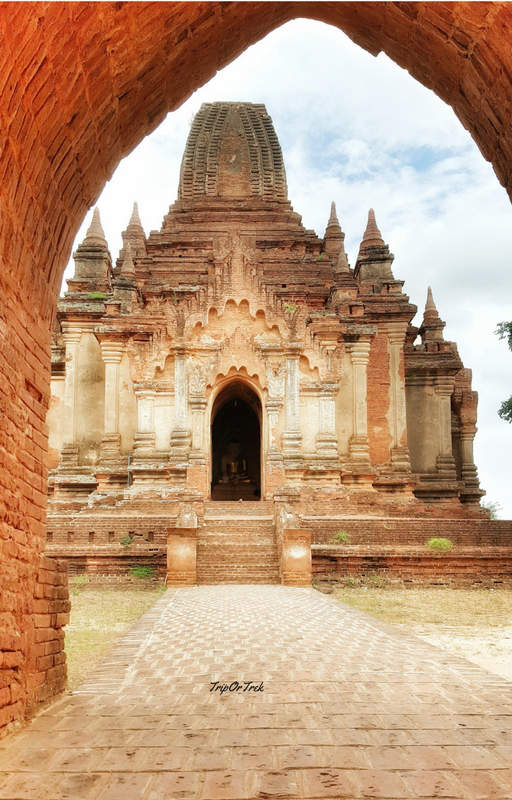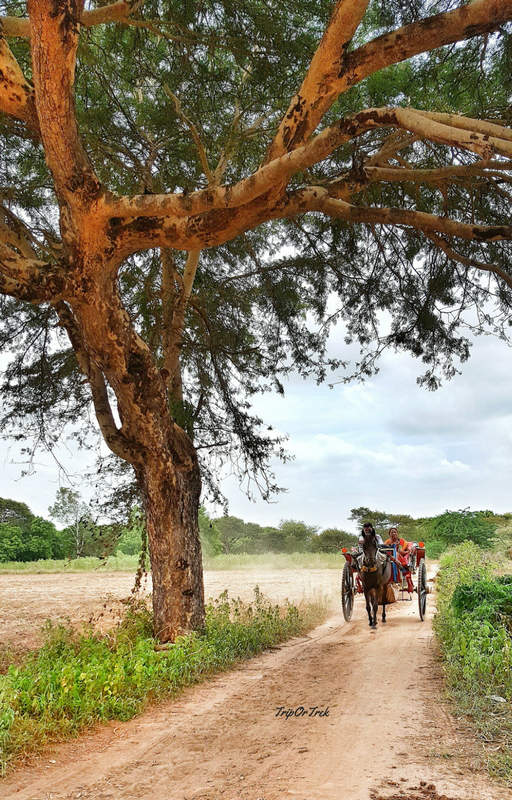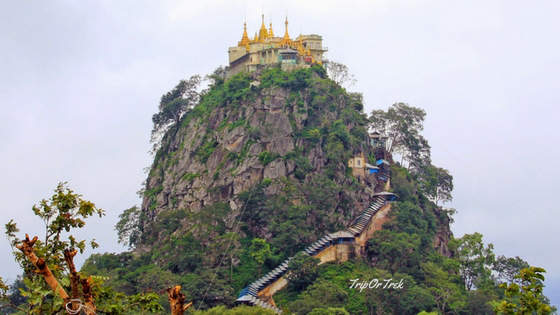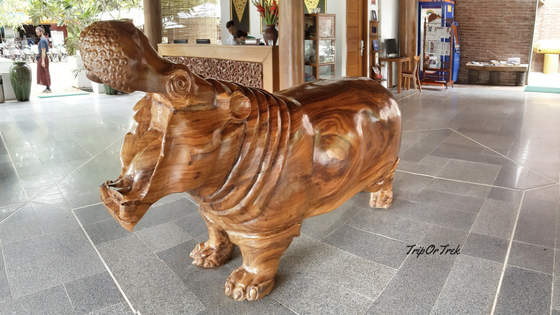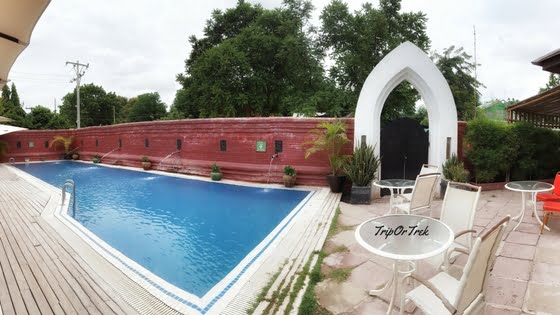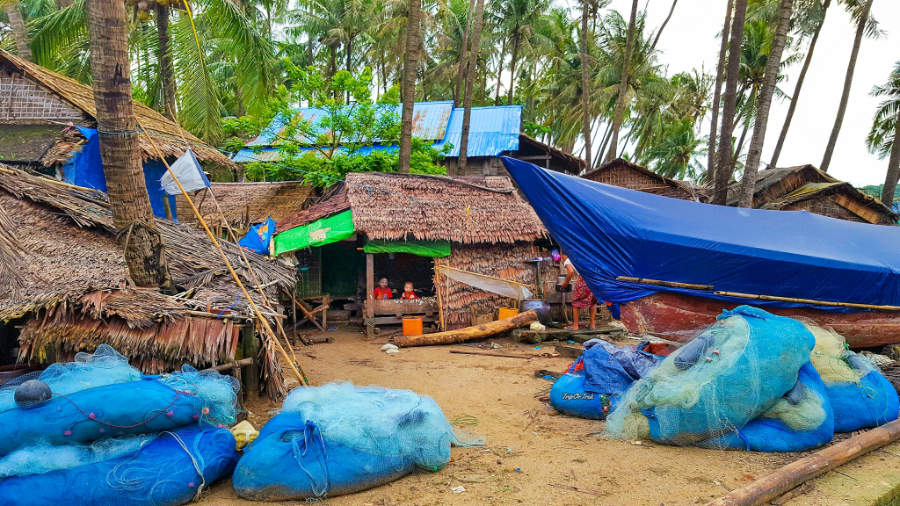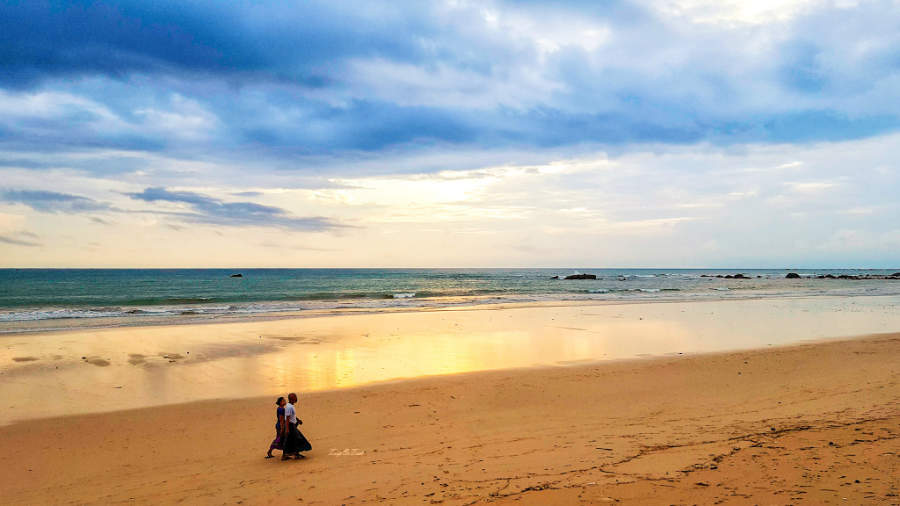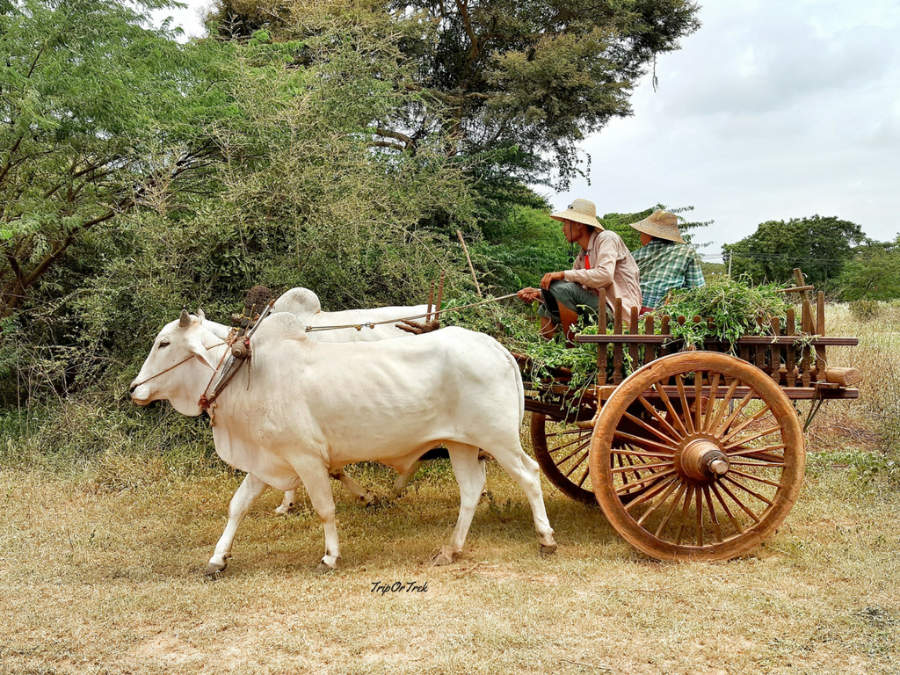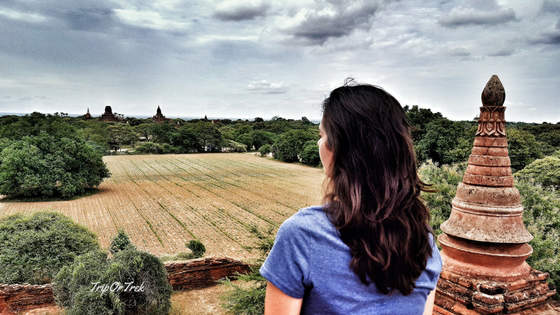
In the heart of Myanmar, on a barren ground plain, bathed by the waters of the Irrawady River and delineated by the profile of Mount Popa, an ancient volcano today pilgrimage destination, there are thousands of red brick temples that, resisting the fury of earthquakes and looting, tell the story, of splendor and decline, of the ancient empire of Bagan.
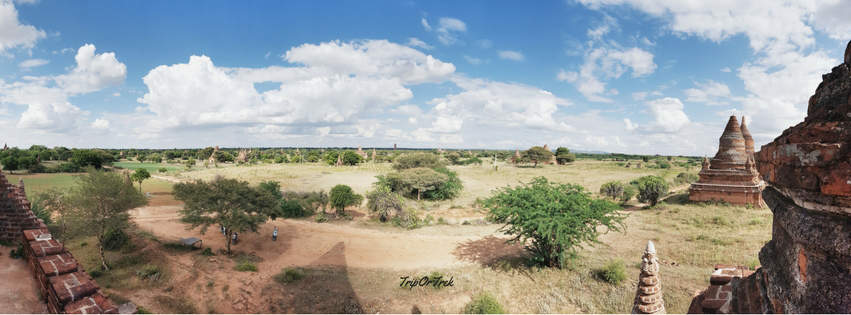
History
Table of Contents
HISTORY: From this ocher and red earth, in fact, the theravada Buddhism began to spread all over the country. It tells the legend that this was done thanks to a man, a monk, Shin Arahan sent by the king
of ethnicity mon, Manuha of the city of Thaton, to convert the king of Bagan, of ethnicity bamar, Anawratha. The business succeeded so much that King Anawratha was so excited about the new cult which he asked to Thaton’s sovereign to send him sacred texts and relics. At the refusal of the latter, Anawratha became angry and marched with his army to Thaton to plunder her Buddhist treasures and transfer them to Bagan. Not pleased, the sovereign decided to honor the Buddha by building thousands of temples and so did his successors, so that in two and a half centuries, from the XI to the XIII century, were built over 13 thousand religious buildings. Today there are over 5000 temples. Bagan’s splendor lasted until 1287 when the city was invaded by Mongols sent by Kublai Khan. Even Marco Polo was impressed by the charming beauty of Bagan and described it with these words: “The king wanted to build these towers to celebrate his magnificence and the good of his soul, and I tell you that to see them are the most beautiful things in the world”.
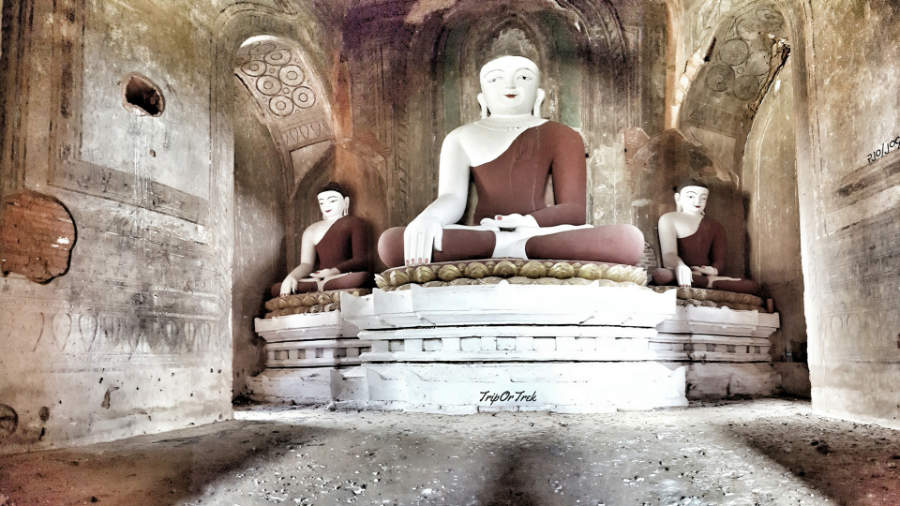
Archaeological Site
To enter and visit the archaeological area of Bagan you must pay a $ 25 city tax. At the airport, guests will receive a stamped card that must be presented if there is required by the temple guardians. It’s rare that they ask for it but it can happen, so always carry it with you. Bagan, with its dirt roads and its huts villages, is divided into three large areas: Old Bagan, New Bagan, and Nyaung U where most of the temples are located. The most important temples are those of Ananda, Thatbynnyu, Htilominlo and Shwezigon, which, with its elegant golden bell-shaped cupola, became the prototype of all the Myanmar stupa.
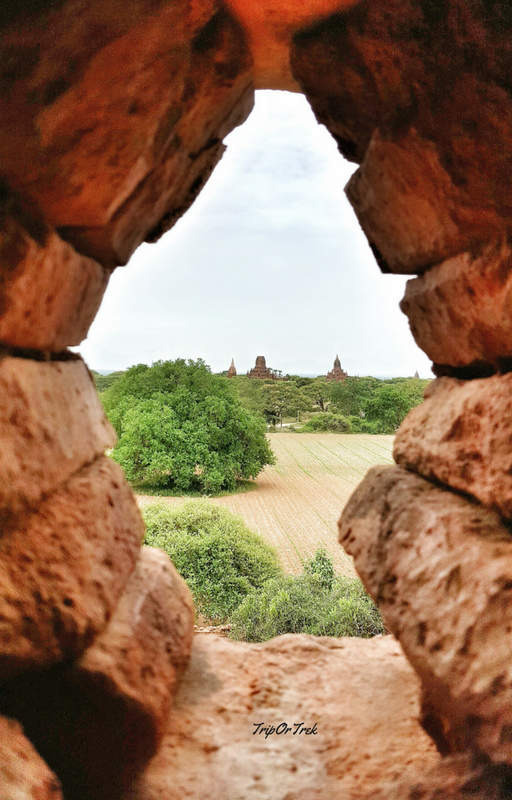
TOURIST ATTRACTIONS
Every corner of Bagan deserves to be admired: from dusty streets, to villages of peasants, to schools with children in uniform. You can explore it on foot, by bicycle, electric scooter, taxi and aboard horse-drawn carts.
Old Bagan is the area where the original village stood, but in 1990 the village was moved three kilometers further south, and so, the New Bagan area was formed.
The two towns are connected by asphalt roads that form a 19 km ring. Among the centers and surroundings, it extends the plain with the main temples all connected to each other by dirt roads and marked by signs indicating its name. The most lively village, however, is Nyaung U, where the airport is located, about 4 km west of Old Bagan: there are concentrated hotels and guest houses, shops and restaurants with cheap prices. In addition to land, Bagan, in the dry season from October to March, can also be admired from the sky on the balloons of Balloons over Bagan: the experience costs about $ 320 per person for 45-minute flights. Another suggestive place is Mount Popa: on top of this volcano off, said the Myanmar Olympus, there is a monastery, a pilgrimage destination, which according to legend is the home of 37 Nat, the Myanmar spirits.
To get to the top of the mountain, you need to travel a long flight of steps inhabited by mischievous monkeys. According to some widespread superstitions, on the mountain you can’t wear red or black clothes, swear and carry flesh, otherwise you will be ignited by the anger of the spirits that can bring you the malasort. At the foot of the mountain is the Popa Mountain Park where you can trekking in the jungle. To get to Popa Mountain you rent a taxi that costs 35,000 to 45,000 Kyat.
Where to sleep
WHERE TO SLEEP: I would recommend the hotel Zfreeti (www.zfreeti.com) modern property located in the Nyaung U area, close to the airport, the main temples and great restaurants.
The hotel, with clean and spacious rooms, offers a generous breakfast on the terrace and features a swimming pool, ideal for refreshing on hot days. A bit dear, the price of the restaurant and the poolside bar, but great bicycle hire to run in the archaeological area. Its location is also close to travel agencies, banks, post offices, golf club, and shops that rent electric scooters.
How to get to Bagan
AIRPLANE EXPERIENCE: Nyaung U Airport is about 3 km from Old Bagan. It is served by domestic airlines Golden Myanmar Airlines, Yangon Airways and Air Kbz.
Costs: The plane from Yangon to Nyaung U costs about 100- $ 110. The one from Mandalay at Nyaung U costs about $ 50- $ 55, while from Heho-Lake Inle to Nyaung U, the plane ticket costs $ 70-75.We bought flights from Yangon to Bagan and back, entrusting us to the Teo Birmania travel agency (teomyanmartravel.com).
The owner Teo with great availability booked the flights and delivered the tickets on our arrival in Myanmar.
From Yangon to Bagan we flew with Yangon Airways, returning with Golden Myanmar Airlines. In both cases, despite the size of the aircraft, the hospitality on board was good and we were given lunch.
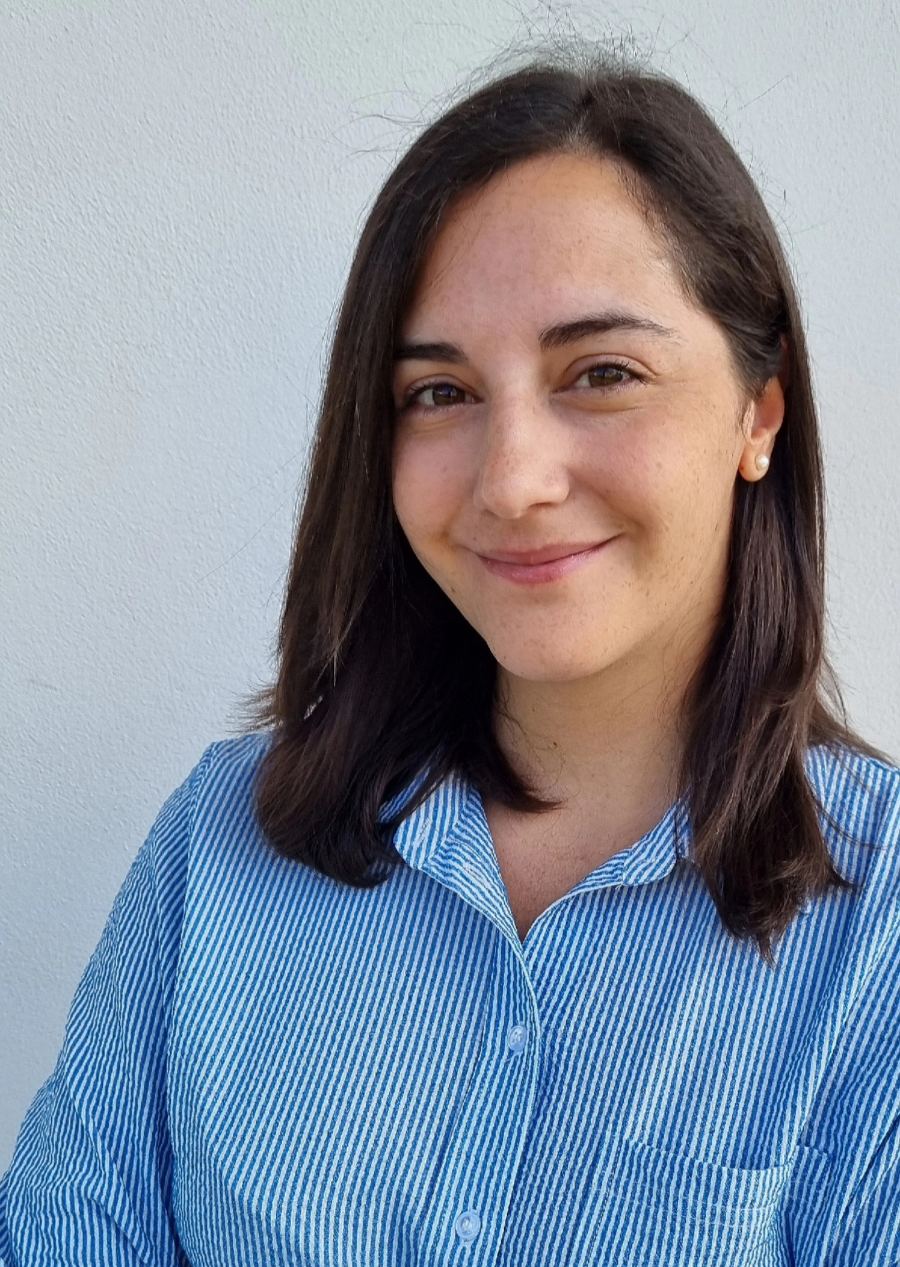
Viaggio e racconto il tuo territorio scrivendo di turismo, marketing territoriale e storytelling nel mio blog TripOrTrek



